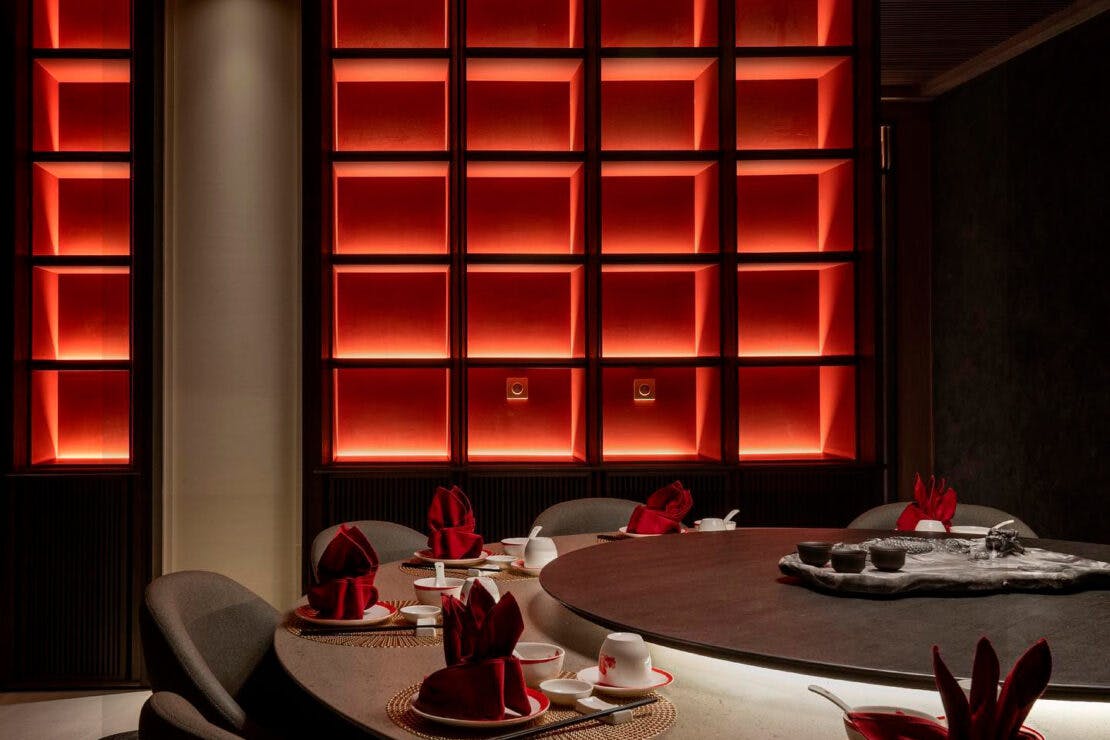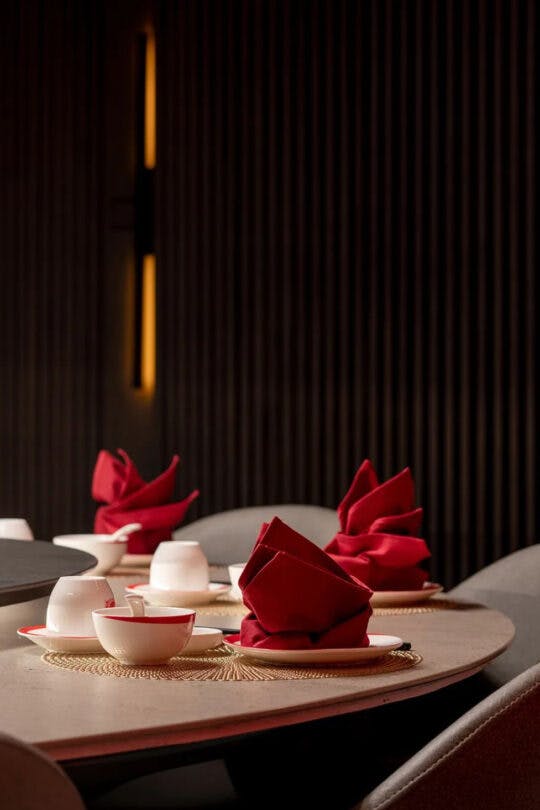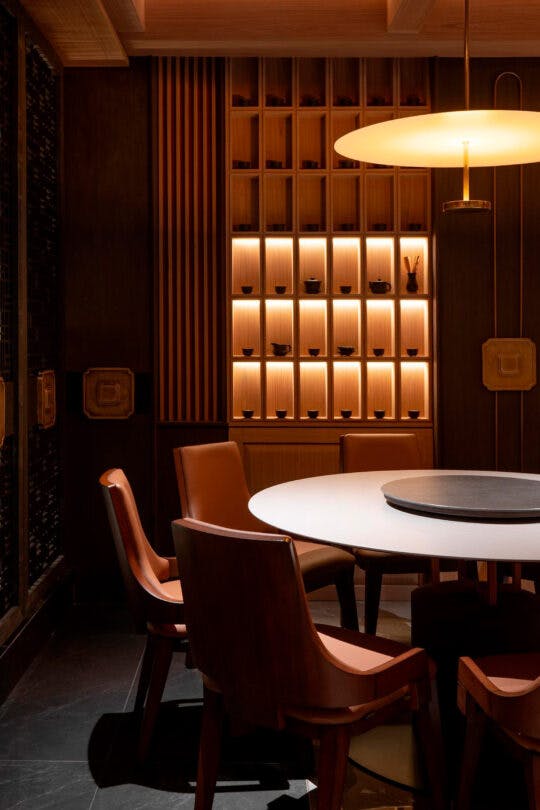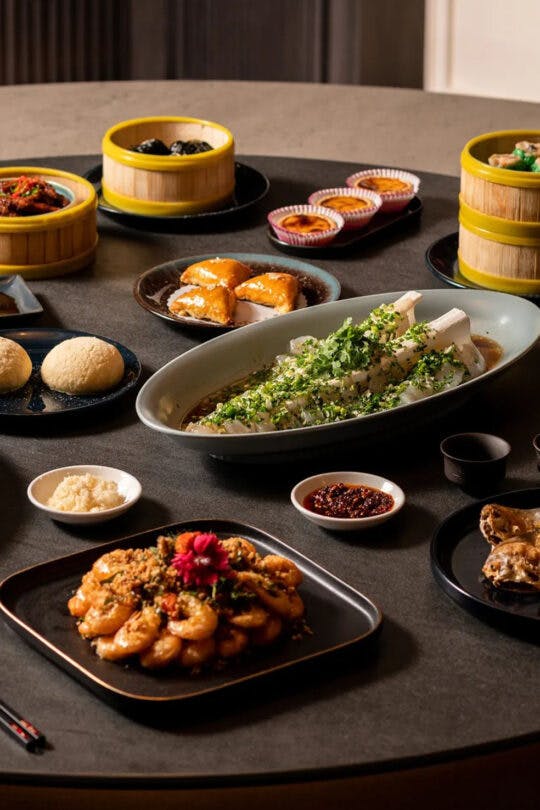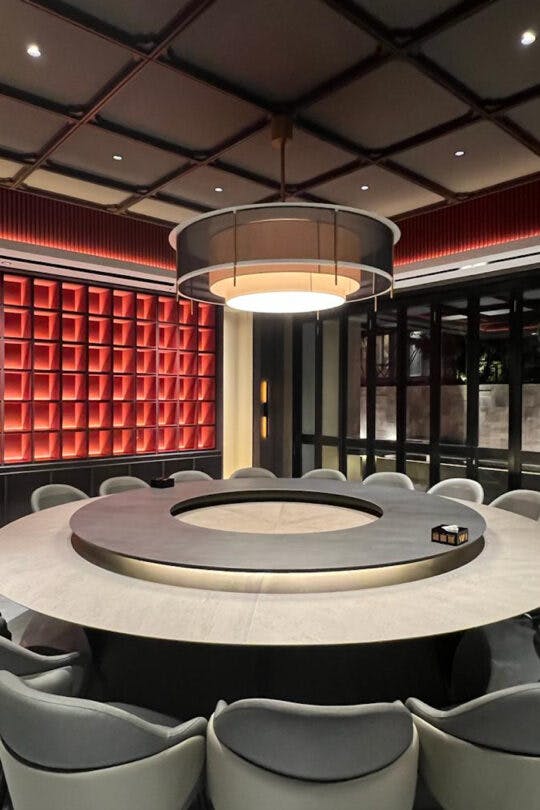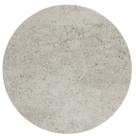
Cosentino highlights the dining experience of this Indonesian restaurant
Home » Blog in dogodki » Cosentino highlights the dining experience of this Indonesian restaurant
Case Study
Cosentino highlights the dining experience of this Indonesian restaurant
DSN Intervention

Location
Malang, Java (Indonesia)
Monter
Cadenza
Barva
Bromo, Sirocco, Keon
Thickness
8 mm
Architecture/Design
DSN Intervention
Material
Dekton
Aplication
Dining tables, bathroom countertops
End date
2023
The key to a restaurant’s success is to offer guests a unique dining experience that doesn’t overwhelm their senses. And all Kristal Tee Indonesia establishments go the extra mile by incorporating design elements in prime locations, such as this new restaurant created by DSN Intervention studio in Java, Indonesia.
Always keen to ensure that nothing distracted from the culinary delights, the studio sought the ideal material to clad the tables, avoiding the use of tablecloths, which they describe as their biggest challenge: “For this project, our main challenge was to showcase the table finish without resorting to tablecloths, a signature feature of our restaurant designs. Dekton proved to be the perfect solution, offering the durability required to withstand the heavy use that is essential for this particular facility”.
Versatility combined with design
In this way, a series of round or rectangular tables take centre stage as luxurious supporting actors, seamlessly facilitating both the serving of food and the experience of the diner. Quality, functionality, design and versatility – many characteristics that had to be perfectly met. “We incorporated Cosentino materials into our designs, mainly as table tops and worktops. Their durability, versatility and aesthetic appeal make them the perfect choice for these key surfaces, ensuring both practicality and visual appeal in our projects,” they assert.
For them, “Cosentino’s materials have proven to be extremely beneficial in our endeavours. With such a diverse range, we have the freedom to choose the ideal material for each different design concept without worrying about compromising on quality. This versatility allows us to concentrate on other facets of the project, safe in the knowledge that the Cosentino material chosen will meet the desired aesthetic and performance criteria”.
Three finishes for three effects
For this project, they chose Dekton Sirocco, Dekton Keon and Dekton Bromo, the latter being used as both table tops and bathroom countertops. Echoing the colour of the wildest natural stones, Dekton Sirocco is a great foundation that will definitely break the monotony. Dekton Keon, on the other hand, is light and bright, bringing a natural essence to even the most contemporary settings. With its diverse array of colours, it opens up a world of possibilities. And Dekton Bromo is a dark grey shade, inspired by homogeneous metamorphic rocks such as slate. Subtle, faded graphics, a careful-created texture and a natural aesthetic define this evocative colour proposal, perfect for any type of environment. Bromo has been designed to fit seamlessly into the Natural Collection by Dekton, a series in which Cosentino continues to express its desire to recreate the best of nature and its geology.
“Working with Cosentino materials has been a fantastic experience overall,” concludes the studio “Not only are their materials of exceptional quality and versatility, but we’ve also been extremely impressed with the support provided by Cosentino in Indonesia and its distributor, Cadenza. Their help and guidance throughout the process has been invaluable and has contributed significantly to the success of our projects, ensuring a seamless integration of Cosentino materials into our designs”.

